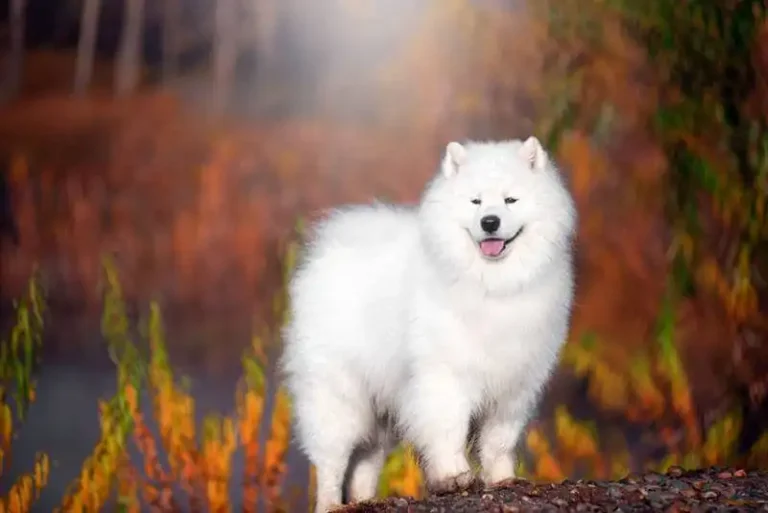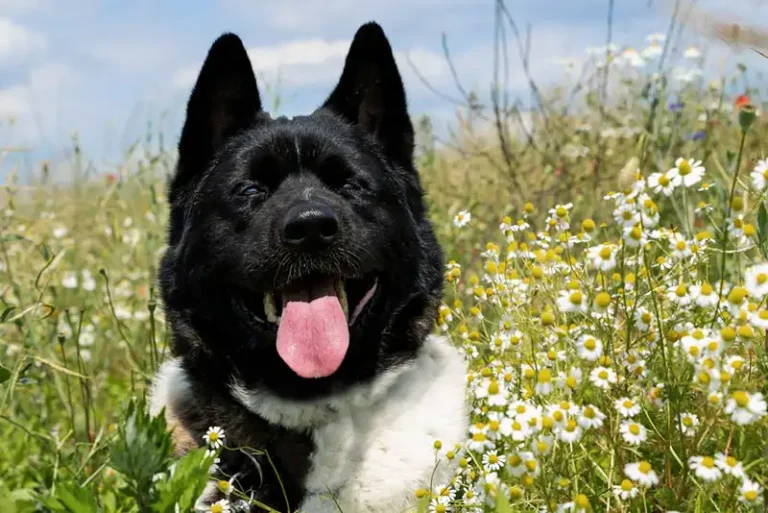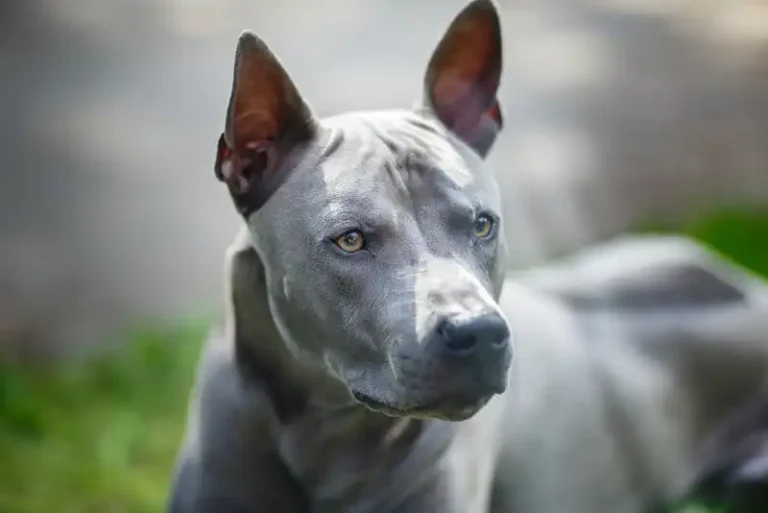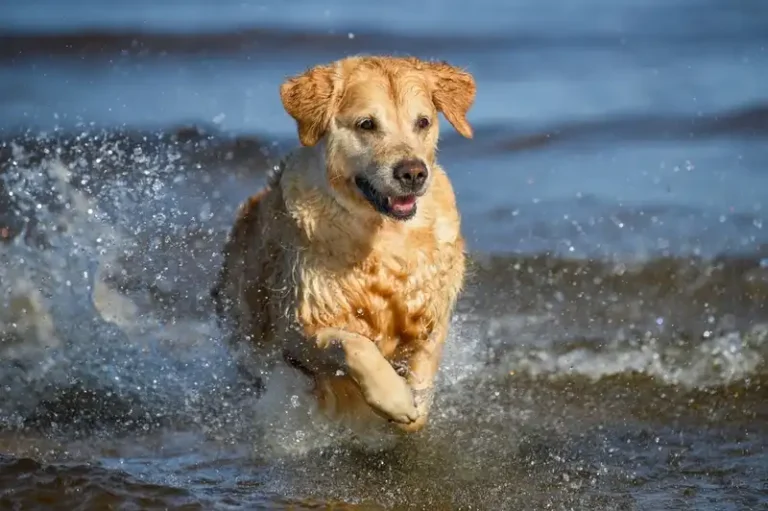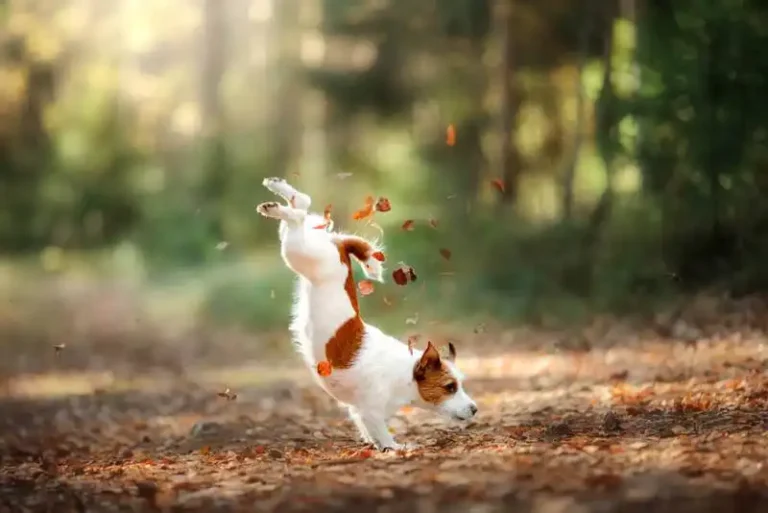Alapaha Bulldog Breed Characteristics & Personality
Country of origin
USA
Size
Large
Height
57–61 cm
Weight
34–47 kg
Age
12-15 years
FCI breed group
Not recognized
Brief information
- A very rare breed, today there are no more than 150 of its representatives in the world;
- Responsible and balanced;
- Very cautious and vigilant, they do not trust strangers at all.
Character
The Alapaha Bulldog is one of the rarest dog breeds. There are only a few hundred of them in the world, and the fate of the breed depends entirely on their owners.
The Alapaha Bulldog appeared in the USA. But its ancestors are not American Bulldogs , as it may seem at first glance, but purebred English Bulldogs . The Alapaha Bulldog breeding program began in the 19th century in the Lane family. The father of the family wanted to restore the breed of dogs from the state of South Georgia, which were direct descendants of English Bulldogs. His children continued his life’s work.
Interestingly, the first Alapaha Bulldog, who is considered the founder of the breed, was named Otto. Therefore, the second name of the breed – Otto Bulldog – is in his honor.
Alapaha Bulldogs, like other representatives of this breed group, are increasingly being kept as companions and also for their guard qualities.
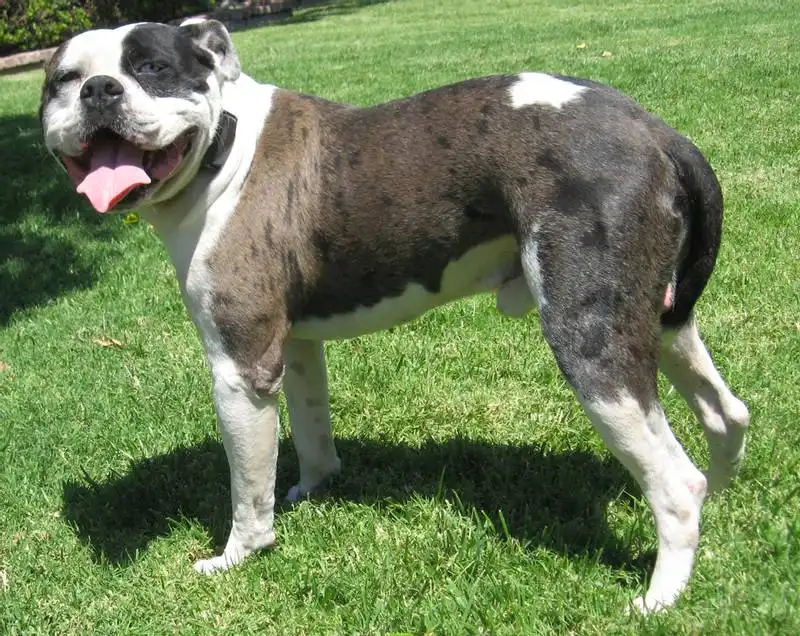
Otto bulldogs are strong and brave dogs. They are clearly wary of strangers, not allowing them a single step near their territory. But in the family circle, this is the kindest dog, which is distinguished by a calm and balanced temperament. They are devoted and loyal to their owner.
The Alapaha Bulldog is a real stubborn dog. If he decides to do something, you can be sure that he will achieve it. Perseverance and determination are some of the most striking character traits of any bulldog, and Otto is no exception. That is why dogs of this breed group need training so much . A beginner is unlikely to be able to cope with the upbringing of such a pet. If the bulldog is your first dog, it is better to immediately contact a professional . Lack of training will lead to the fact that the dog will imagine itself as the leader of the pack and will be uncontrollable.
The bulldog is a fighting dog breed, these animals were used in bull baiting, hence the name. As a result, they can be quite aggressive. Communication between a bulldog and children should be strictly supervised by adults – leaving the dog alone with a child is unacceptable.
Otto gets along well with animals in the house. He is indifferent to his relatives as long as they accept his rules and do not encroach on his territory and toys.
Care
The Otto Bulldog has short hair that does not require careful grooming. It is enough to wipe the dog with your palm or a damp towel once or twice a week, thus removing fallen hair.
It is important to monitor the condition of the dog’s eyes, the cleanliness of the ears and the length of the claws , and to periodically visit the veterinarian for examination and cosmetic procedures.
Conditions of detention
The Alapaha Bulldog can live both in a private house and in a city apartment. In both cases, it is important to remember the need for regular training and sports with the dog. Bulldogs are prone to obesity, so it is recommended to feed the dog only high-quality food in accordance with the recommendations of a veterinarian.
With only a few hundred dogs worldwide, the Alapaha Blue Blood Bulldog is definitely one of the rarest bulldog breeds. Despite their uncommonness now, they’re an ancient breed that can be traced back at least 200 years, with bloodlines that have influenced a range of other breeds.
As an assertive, loyal, and spirited breed, the original role of Alapahas was as a working dog. These days, their protective streak and powerful build mean they’ve earned a slightly unfair reputation. But the truth is, these dogs do have a goofy side, but it’s crucial their pet parents are experienced in handling and training large, confident dogs.
With a strong work ethic, Alapahas do best in a home where they can combine family time with a specific role. Keep reading to find out what makes this breed so unique and whether they’re the right dog for you.

